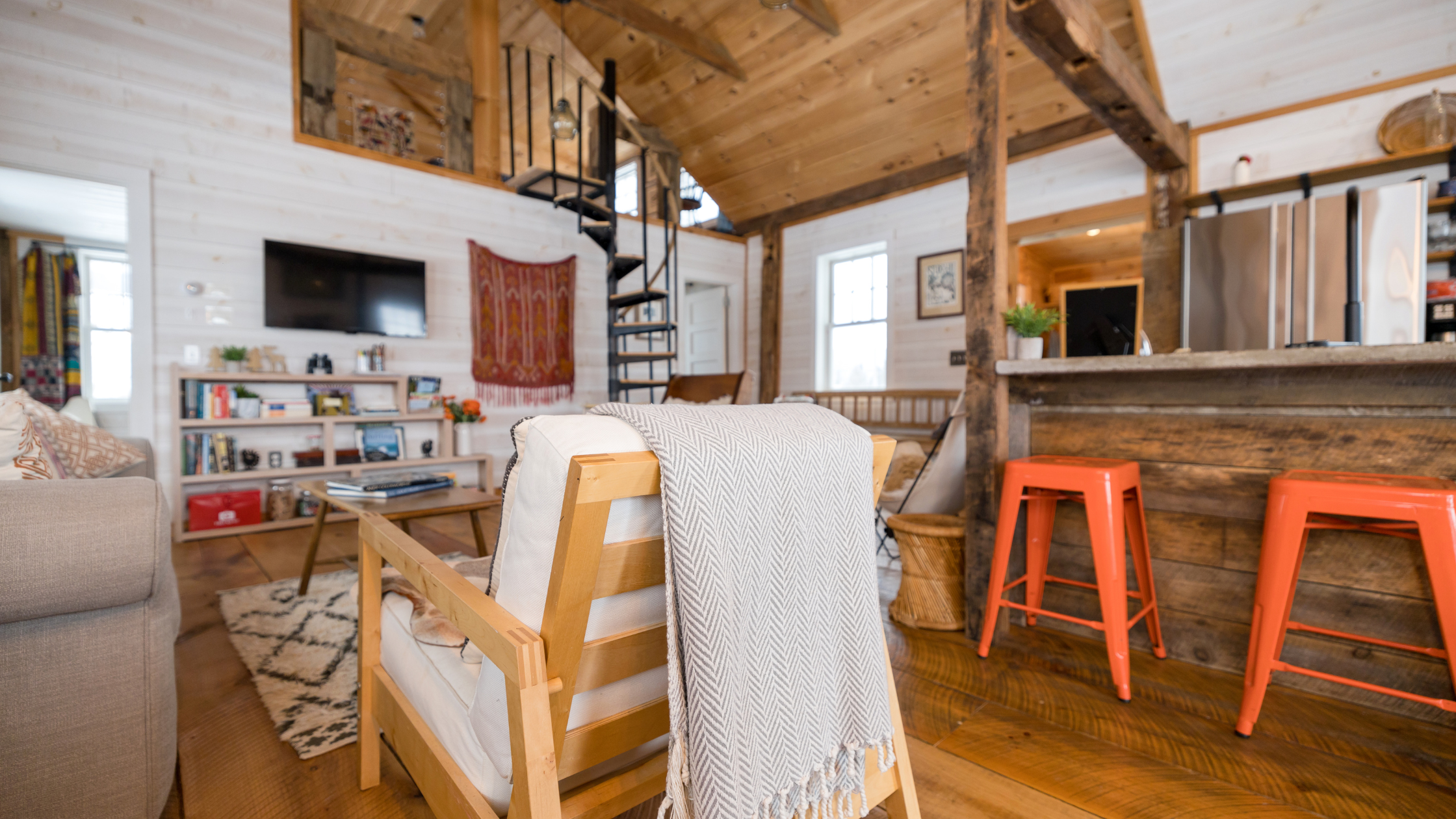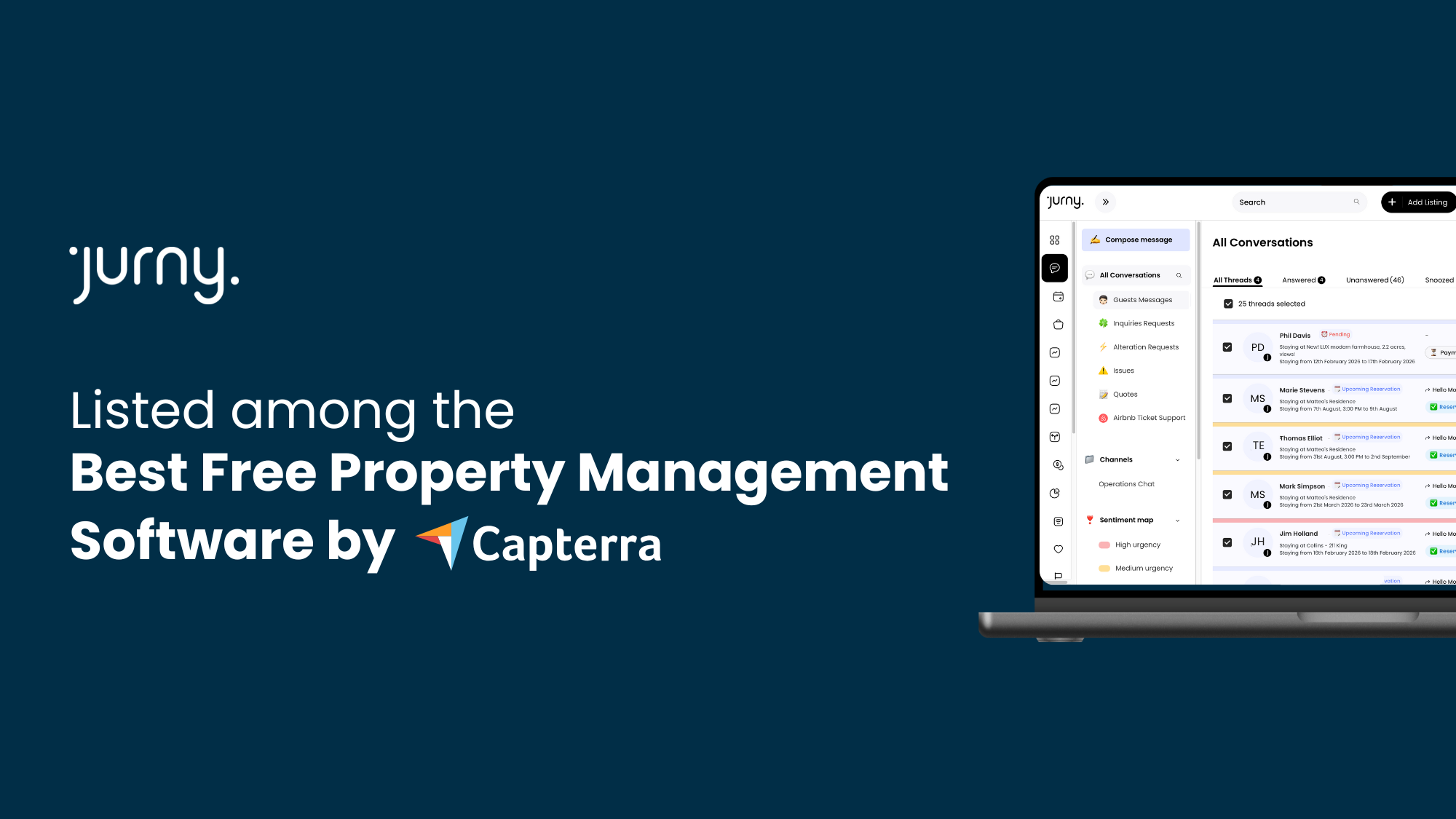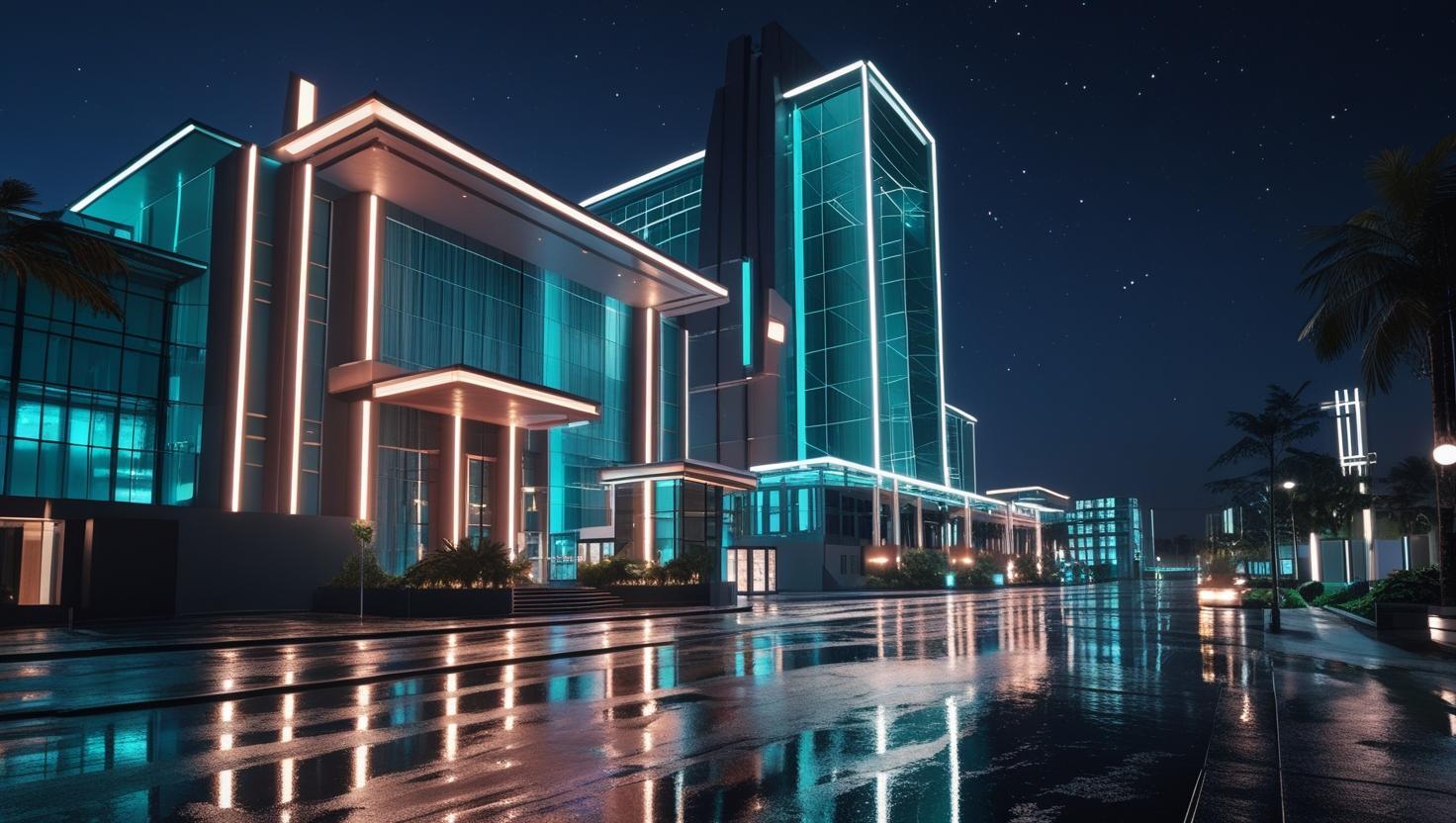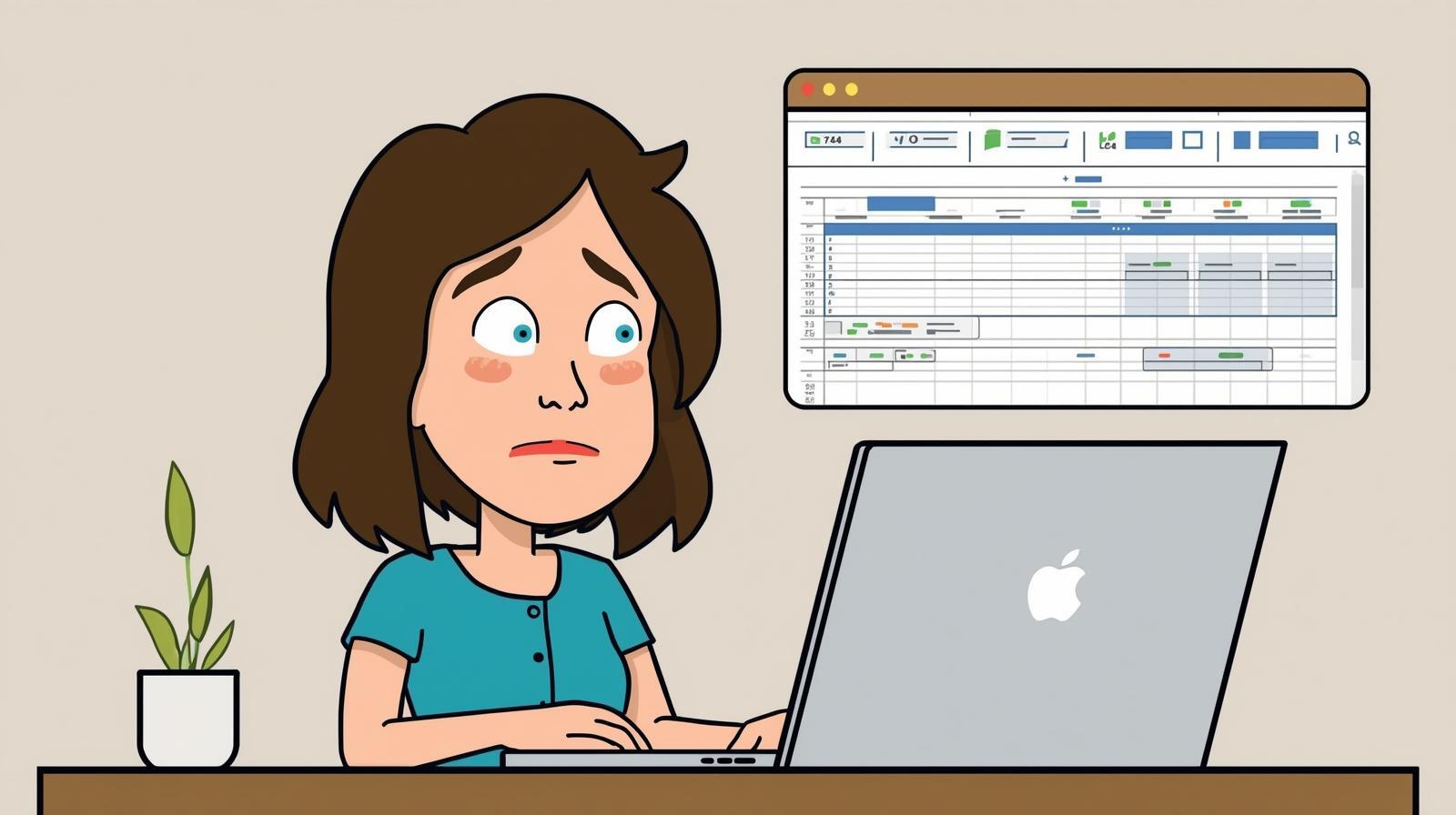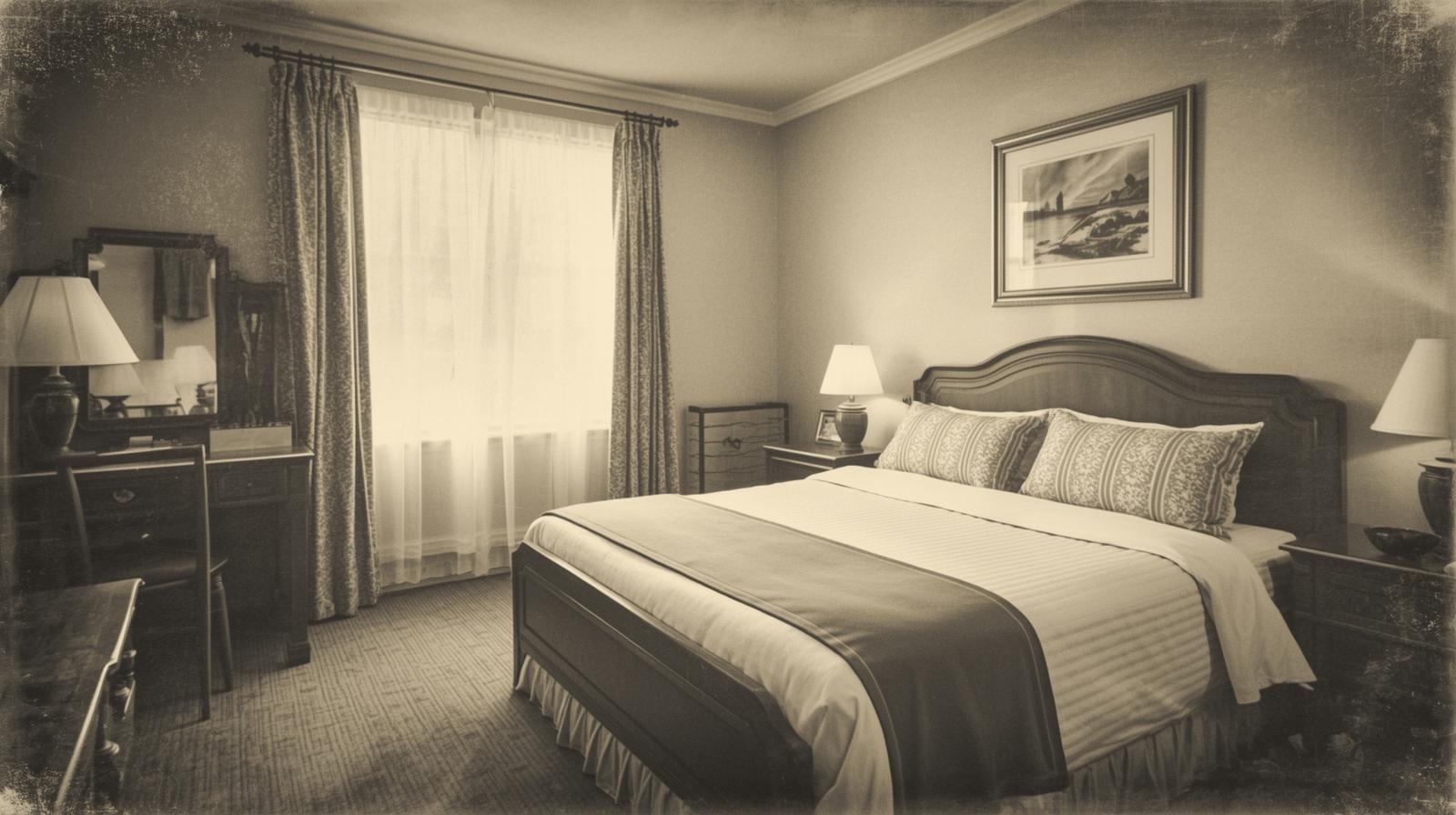2025’s Wake-Up Call: Automation Alone Can’t Carry You
2025 was a year of intense learning for hospitality operators. Many upgraded to AI-enabled chatbots, dynamic pricing tools, and integrated dashboards—but still found themselves patching workflows, firefighting errors, or hiring more staff to glue systems together.
That’s because traditional “automation” tools only do part of the job. They respond. They route. They optimize within constrained rules. But they don’t autonomously manage outcomes.
As we look ahead to 2026, the winners will be those who don’t just adopt tools—but deploy systems capable of thinking, adapting, and executing on their behalf.
The 2026 Imperative: From Tools to Intelligent Systems
Trend 1: Simplification & Unified Stacks
One of the most repeated takeaways from the 2026 hospitality tech forecasts by IDeaS is the need to simplify and unify fragmented tech stacks.
Their research shows only 54% of hoteliers currently use mostly integrated tools, leaving a large gap in operational coherence.
This validates the “patchwork to platform” narrative: in 2026, disjointed tools will be a liability. The system that dominates will be the one that replaces complexity with cohesion.
Trend 2: The Rise of the “Augmented Hotelier”
According to IDeaS, 89% of hoteliers plan new AI applications in 2026.
They frame this shift as an evolution toward the “augmented hotelier”—one backed by AI that goes beyond replies or dashboards. IDeaS
In other words: operators are looking for systems that think and act, not just assist.
Trend 3: Unified Commercial Strategy & Data Alignment
2026 predictions indicate a convergence of revenue, marketing, and sales strategies—driven by a need for shared data, unified decision-making, and faster adaptability.
Rather than having separate silos (one tool for pricing, another for bookings, another for messaging), the next era demands a single source of truth, with execution layered on top.
Trend 4: Resilience, Sustainability & Workforce Stability
Economic shocks, climate pressures, and talent shortages have pushed resilience to the top of the agenda. IDeaS notes that hotels must combine agile operations, eco-efficient strategies, and workforce flexibility as core differentiators.
Automation, upskilling, and cross-training are cited as key levers to maintain service without overload.
Trend 5: Predictive Systems & IoT Integration
While much of the current AI in hospitality centers on guest messaging, pricing, or check-ins, emerging research (e.g. AI + microservices frameworks) shows how real-time optimization architectures can scale reservation systems and responsiveness deeply.
In tandem, IoT and sensor data integration is expected to trigger proactive maintenance, energy management, and operational coordination—so systems act before issues surface.
Jurny: The First PMS Built for Agentic Autonomy
These trends are not abstract. They match Jurny’s core positioning—and they validate the path ahead.
-
Agentic AI PMS, not chatbot overlays: Jurny is built from the ground up as an autonomous system, not just AI added on.
-
Unification over fragmentation: Jurny integrates messaging, pricing, maintenance, guest experience, and analytics into one connective brain.
-
Commercial alignment: Our agents coordinate upsells, guest engagement, and revenue decisions in real time.
-
Resilient operations: Jurny scales without linear headcount growth—ideal for volatile markets.
-
Predictive backbone: Jurny’s architecture is wired to integrate with IoT and predictive systems, not bolt them on later.
What “Fully Autonomous” Looks Like in Practice
-
Zero human triage
NIA handles guest messages, filters urgency, routes issues, and resolves routine cases with no intervention. -
Autonomous pricing & yield
Reacts to demand, competitor rates, and even local events automatically. -
Proactive ops & maintenance
Predicts issues, dispatches tasks, schedules cleaning—all before problems escalate. -
Automated upsell & guest personalization
Offers tailored upgrades, custom experiences, and segmented recommendations without manual work. -
Self-learning & self-optimizing
The system evolves with usage, refining replies, flows, and agent priorities continuously.
2025’s Metrics, 2026’s Baseline
Operators using Jurny and similar agentic systems are already seeing:
-
91% reduction in routine workload per unit
-
30%+ increase in revenue
-
Faster response times and improved guest satisfaction
These aren’t forecasts—they’re early proof. In 2026, these will be table stakes, not outliers.
The New Year Demands Autonomy
2025 taught us that incremental automation isn’t enough.
2026 demands that systems own execution—not just assist operations.
The smartest operators will begin the year not upgrading tools but graduating to autonomous systems.
Because in the new era of hospitality, the difference between surviving and thriving won’t be how many tools you use—it’ll be whether your system can think, act, and scale without you.
Ready to trade manual complexity for intelligent autonomy?
See how Jurny’s Agentic AI PMS can transform your operations for 2026—no more patchwork, no more firefighting.
👉 [Book a Demo] today and step into truly autonomous hospitality.
Sources & Further Reading
-
IDeaS 2026 Hospitality Tech Predictions — simplification, unified stacks, AI adoption stats, workforce resilience hotelbusiness.com+3iTWire+3Travel Daily Media+3
-
Hotels Prepare for an AI-Driven, Unified Future — calls for integrated systems and AI acceleration Hospitality.today
-
Asian Hospitality on AI & tech trends: 54% hoteliers integrated stacks, 89% planning AI Asian Hospitality
-
Real-Time Performance Optimization in Reservation Systems (AI + microservices) arXiv
-
AI & Robotics adoption in hospitality for operations, personalization, automation. prnewswire.com






